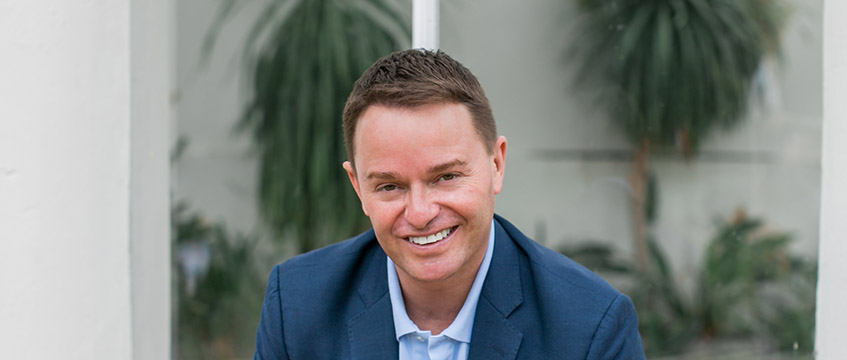
The term placemaking is misunderstood. It means everything and nothing, depending on who says it and why. To the industry, placemaking is a buzzword use to engage stakeholders, but to many outside of real estate, it lacks resonance. In its truest sense, it is the key to successful development and regeneration. It is our responsibility in the real estate world to demonstrate what that means to the man on the street.
Stripping away the rhetoric, we understand that placemaking is a holistic way of looking at the development of our towns and cities. Placemaking considers the existing community’s culture, population, assets (and their potential), with the intention of creating public spaces that promote people’s health, happiness and wellbeing. And yes, placemaking should help the council, developers and landholders make money too.
To stimulate discussion and add real meaning to this oft-used phase, earlier this year we launched a piece of research called Highly valued, hard to value: toward an integrated measurement of value in real estate. Our work at Trowers & Hamlins is rooted in the belief that real estate is the backbone of society, where culture, communities and commerce meet. We wanted to take a fresh look at how we measure value in the built environment because right now, the majority of developers only look at the financial impact of a project.
Of course this is important, but it is one of many impacts that an individual building or wider development will have.
Our research, which included insight from industry leaders, surveying the UK public, and examining our methods of measuring value, has proved that financial success need not be separate from the guiding principles that deliver sustainable economies and communities.
Hard data has revealed there is a need to measure not only a development’s financial success but also its positive impact on places and people – its placemaking properties.
Based on hedonic pricing methods, we found that residential property prices, as well as achievable rental values, respond positively to factors such as location design, environmental stability and community – perhaps no great surprise there.
Other factors that can have an impact include access to transportation, neighbourhood safety and longevity. Given that all of these factors can have such a huge effect on overall value, it seems that we are missing a trick by not measuring them. Most developers and investors struggle to factor them into investment decisions and public authorities are often unable to score them in private sector bids.
Informing our industry of development’s real value, enhancing current valuation methods, refining planning policy and introducing performance metrics are clear realistic processes that can change how we view a development’s true value.
To make this shift, we need to look beyond a single financial figure and make real changes to how we measure the quality and value of a development, and in turn, make really good communities and investments.
We need to return to the core values and original meaning of placemaking – the idea of creating a place, not just paying lip service to it. But to do that, we need to make changes that enable everyone to do that.
We hope that our research can help start the process of reclaiming this word and looking at developments in the round.
During our research Jonathan Gooding, chief executive of Dolphin Living, summed up this idea. “Think about the whole, not the parts, when creating valuable places,” he said. “You wouldn’t buy a car without the engine.”
We couldn’t agree more.
• Sara Bailey is head of residential real estate at Trowers & Hamlins.











